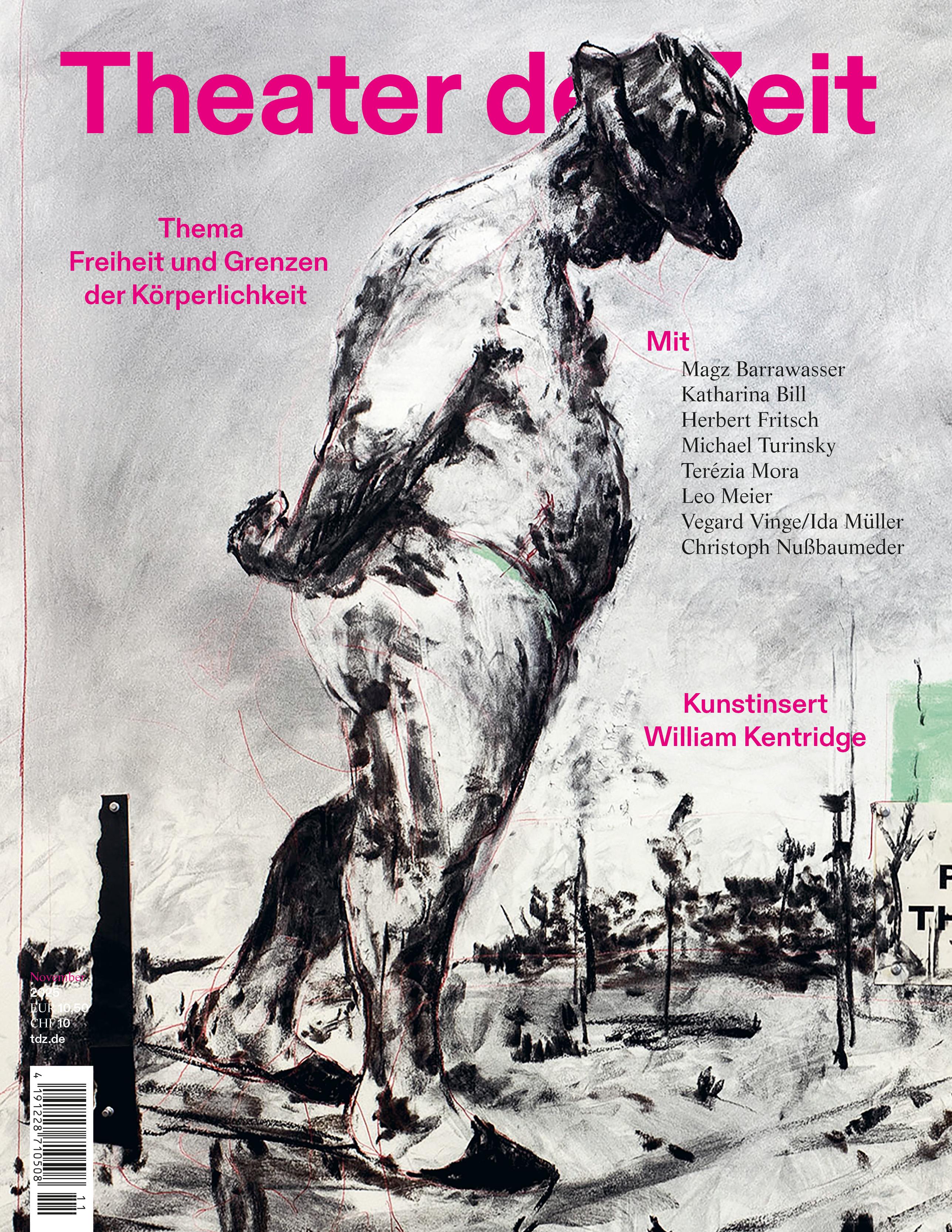New Formats—Formats of the New
von Thomas Oberender
To experience art is usually to experience an encounter with works. But often we do not encounter the works directly, but rather mediated by formats. As a form of organisation, formats mediate works—whether exhibitions or performances—as a means of transmission. Formats are always containers for diverse works, and the sum of the different formats results in a programme. A structure becomes a format when it accommodates different works, either in combination or successively. Formats therefore have a constitutive relationship to works as well as to institutions. Since formats are the form of encounter between the work and the audience, they have often become synonyms for the art forms themselves, for example when people say “I’m going to the theatre”, or “to an exhibition” or “to a concert”, by which they mean the event rather than the building. Formats can therefore merge with institutions and become almost invisible, but they can also break away from their habits and form temporary alternatives. These creations are often given their own names, as if they were works in themselves. They develop their own narration which links them to their title and their inventors. Institutionalised formats, on the other hand, have ostensibly become neutral over...















